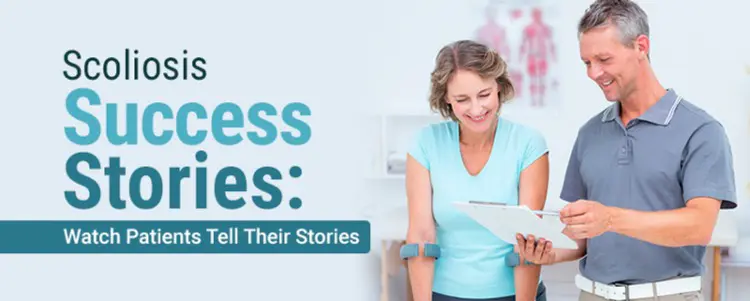

Scoliosis Success Stories: Watch Patients Tell Their Stories
Patients don’t need to define themselves, or be defined, by a scoliosis diagnosis.
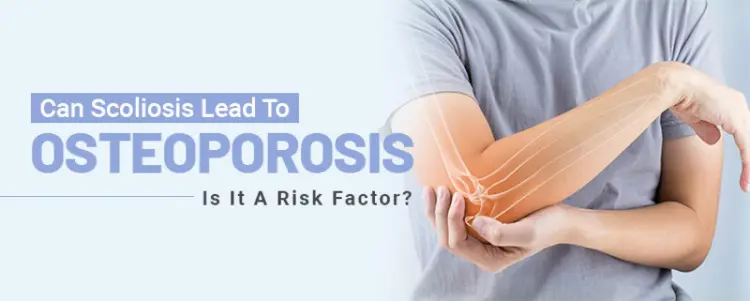

Can Scoliosis Lead To Osteoporosis? Is It A Risk Factor?
Can scoliosis lead to osteoporosis? Let’s explore the topic by looking at the connection between these two conditions, including symptoms and risk factors.
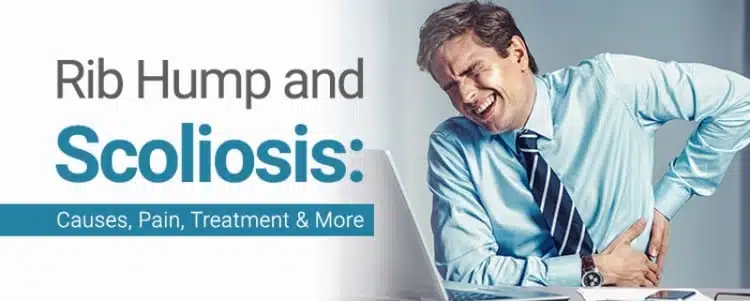

Rib Hump and Scoliosis: Causes, Pain, Treatment & More
Although every case of scoliosis is unique and can vary significantly in severity and symptoms, a rib hump is a common sign of thoracic scoliosis.
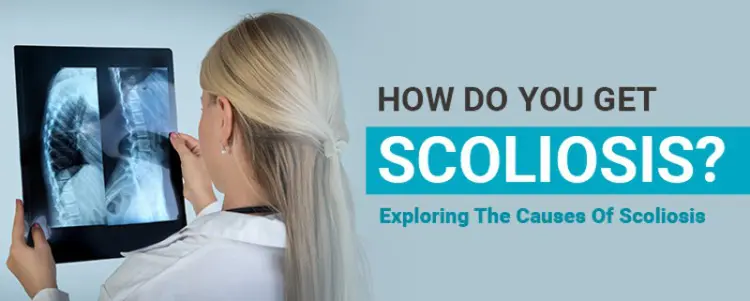

How Do You Get Scoliosis? Exploring The Causes Of Scoliosis
For the question, how do you get scoliosis, the answer will vary based on condition type: idiopathic, degenerative, congenital, neuromuscular, or traumatic.
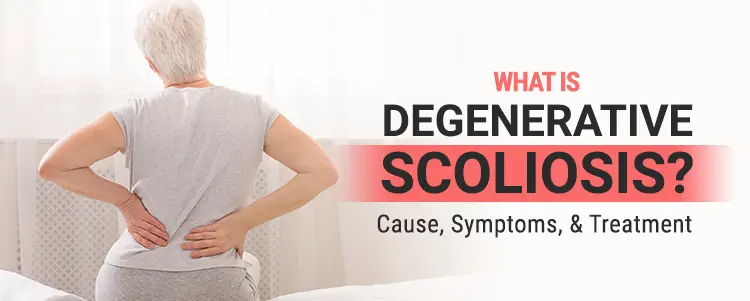

What Is Degenerative Scoliosis? Cause, Symptoms, & Treatment
As a complex condition, there are several different types of scoliosis a person can develop; degenerative scoliosis is one of the most common forms in adults.
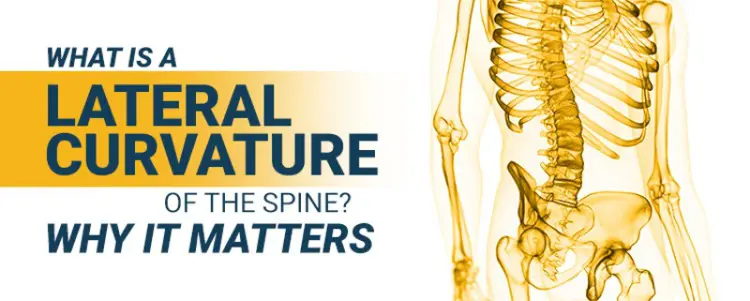

What Is A Lateral Curvature Of The Spine? Why It Matters
The spine has three main sections with related healthy curvatures. Let’s explore these healthy curves & what it means to have a lateral curvature of the spine.
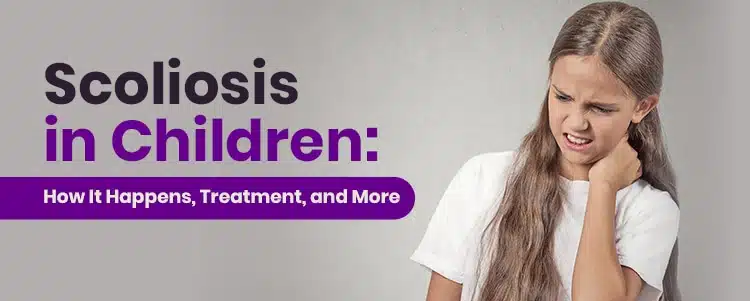

Scoliosis in Children: How It Happens, Treatment, and More
Let’s visit the vast subject of scoliosis in children, including different age groups, onset, diagnosis, symptoms, various forms, its impact, and much more.
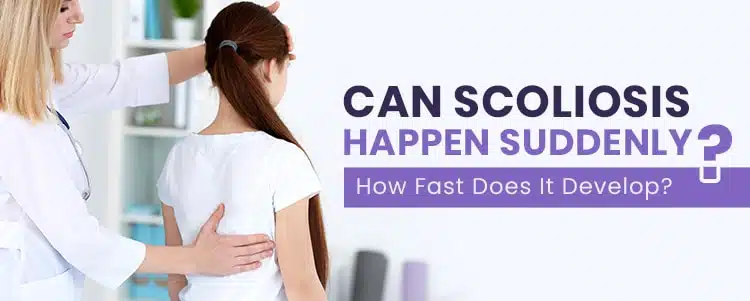

Can Scoliosis Happen Suddenly? How Fast Does It Develop?
One of the defining features of scoliosis is its progressive nature, and it’s this feature that addresses the question of, can scoliosis happen suddenly.
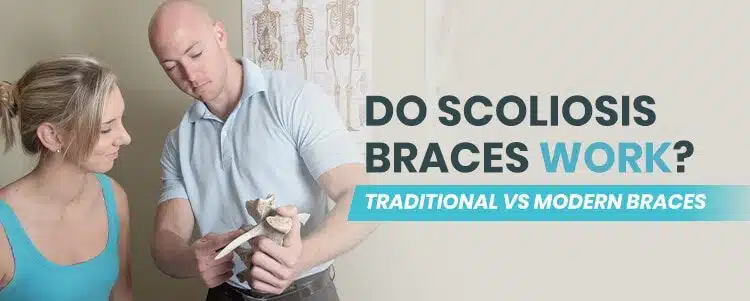

Do Scoliosis Braces Work? Traditional vs Modern Braces
Read on for the answer to, does scoliosis braces work? Comparing a traditional, modern brace, and the traditional and functional treatment approach.
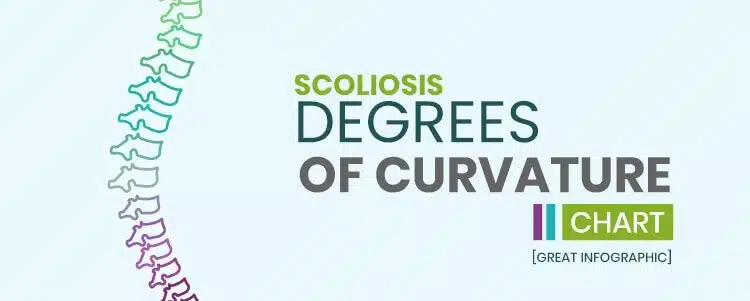

Scoliosis Degrees of Curvature Chart
We are looking at how the two main methods to scoliosis treatment, traditional and functional, approach to treating varying severity levels of scoliosis.
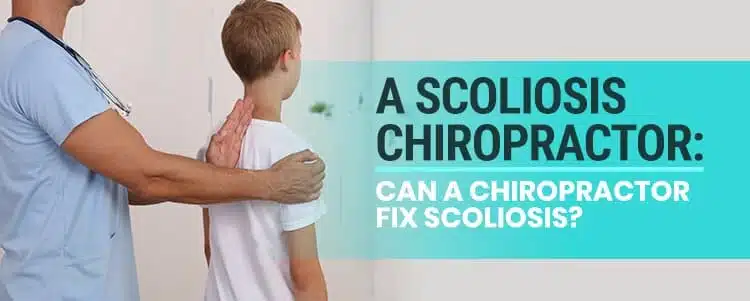

A Scoliosis Chiropractor: Can A Chiropractor Fix Scoliosis?
Here we will take a deeper look into the role of a chiropractor in treating scoliosis effectively and answer the question, can a chiropractor fix scoliosis.
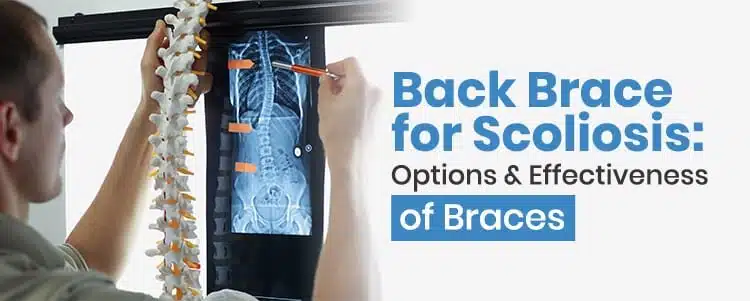

Back Brace for Scoliosis: Options & Effectiveness of Braces
We will address the different approaches to using a back brace for scoliosis, in addition to exploring the difference between traditional & corrective bracing.
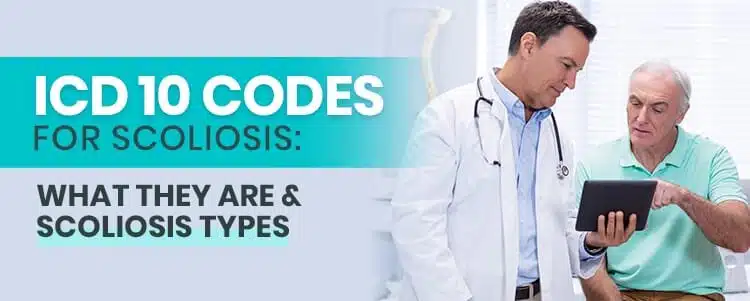

ICD 10 Codes for Scoliosis: What They Are & Scoliosis Types
We’ll explore what the ICD 10 codes for scoliosis are, which ones are the most commonly used, and what they mean for scoliosis types and scoliosis diagnoses.
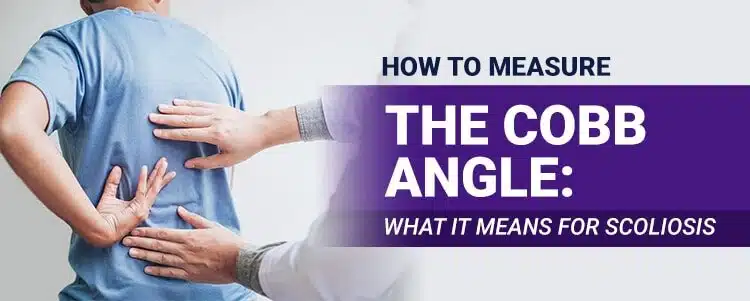

How to Measure the Cobb Angle: What it Means for Scoliosis
This post will discuss how to measure the Cobb angle and what it means for scoliosis, in terms of classification, symptoms, and treatment options.
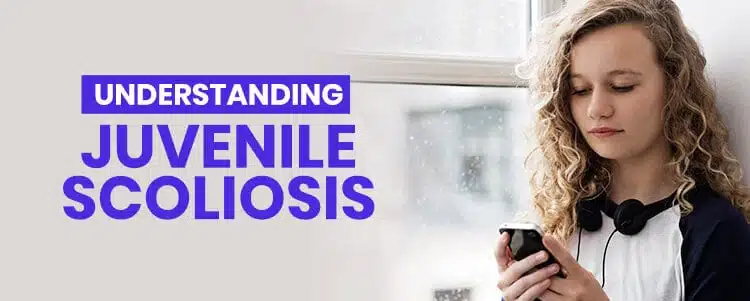

Understanding Juvenile Scoliosis
This article will lead readers to a better understanding of juvenile scoliosis, including causation and effective treatment options.
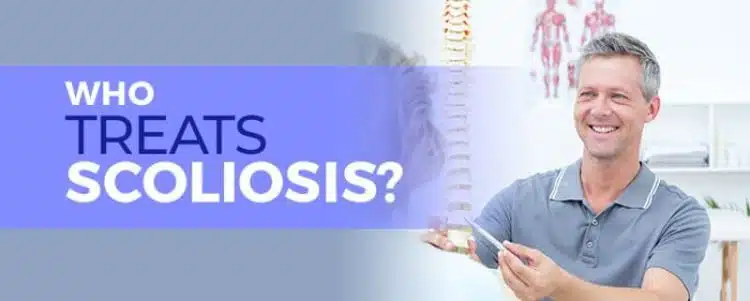

Who Treats Scoliosis?
While any MD can treat a patient ‘with’ scoliosis, knowing who treats scoliosis, the condition, is an important distinction to understand.
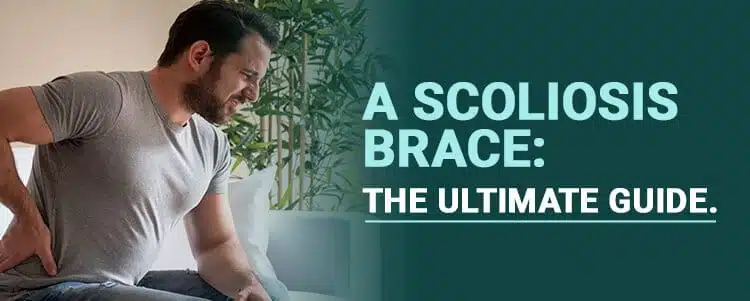

A Scoliosis Brace: The Ultimate Guide
This article will help readers reach a better understanding of the ideology behind the scoliosis-brace and the different types of scoliosis braces available.
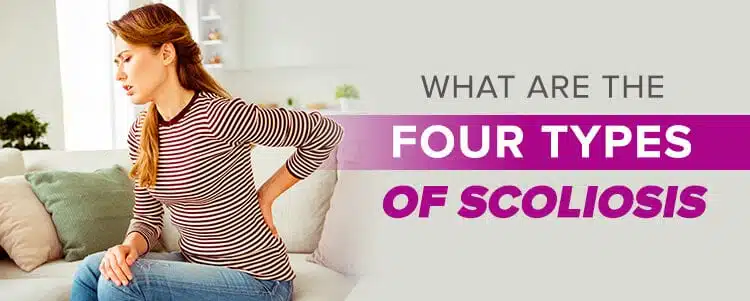

What are the Four Types of Scoliosis?
While people are most familiar with three main types of scoliosis, there are actually four types of scoliosis that can develop.
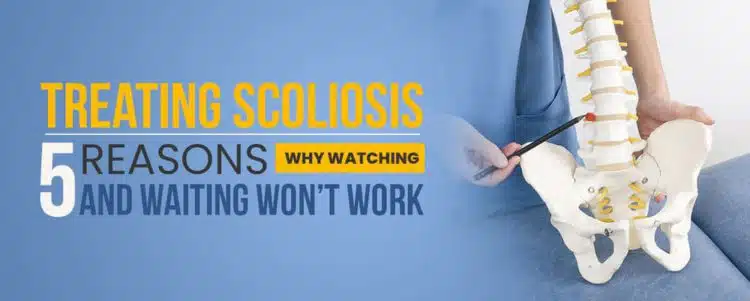

Treating Scoliosis — 5 Reasons Why Watching and Waiting Won’t Work
The traditional approach to treating scoliosis is conservative and seemingly sensible.